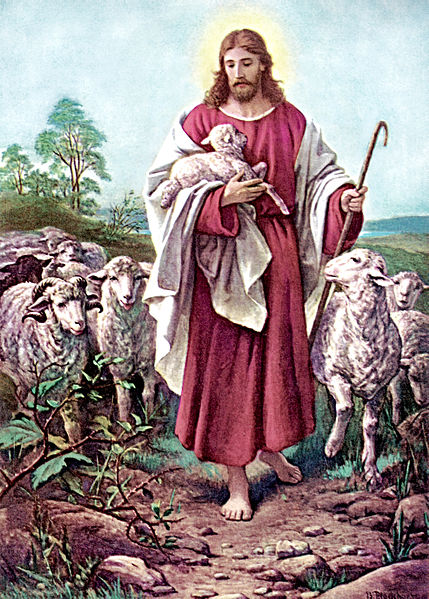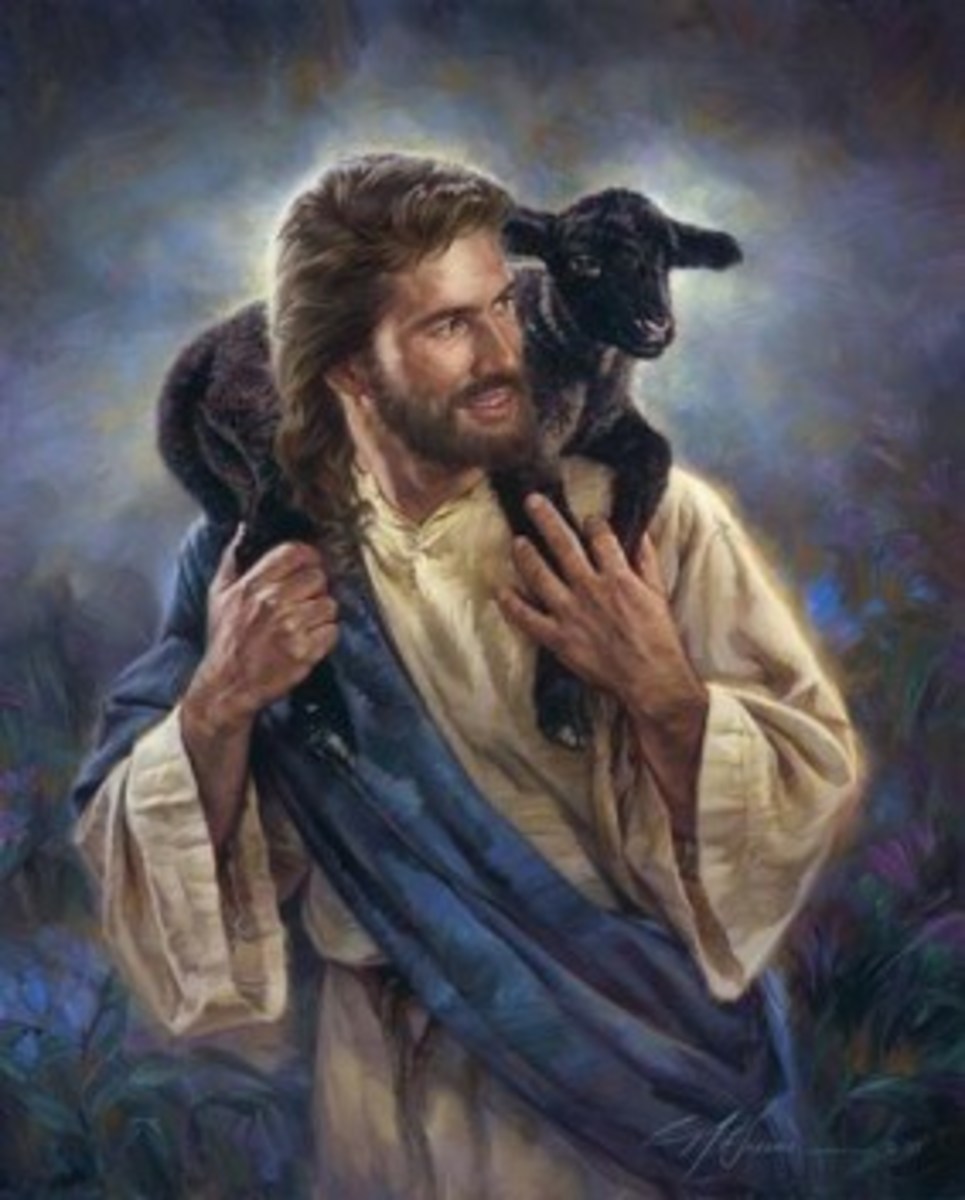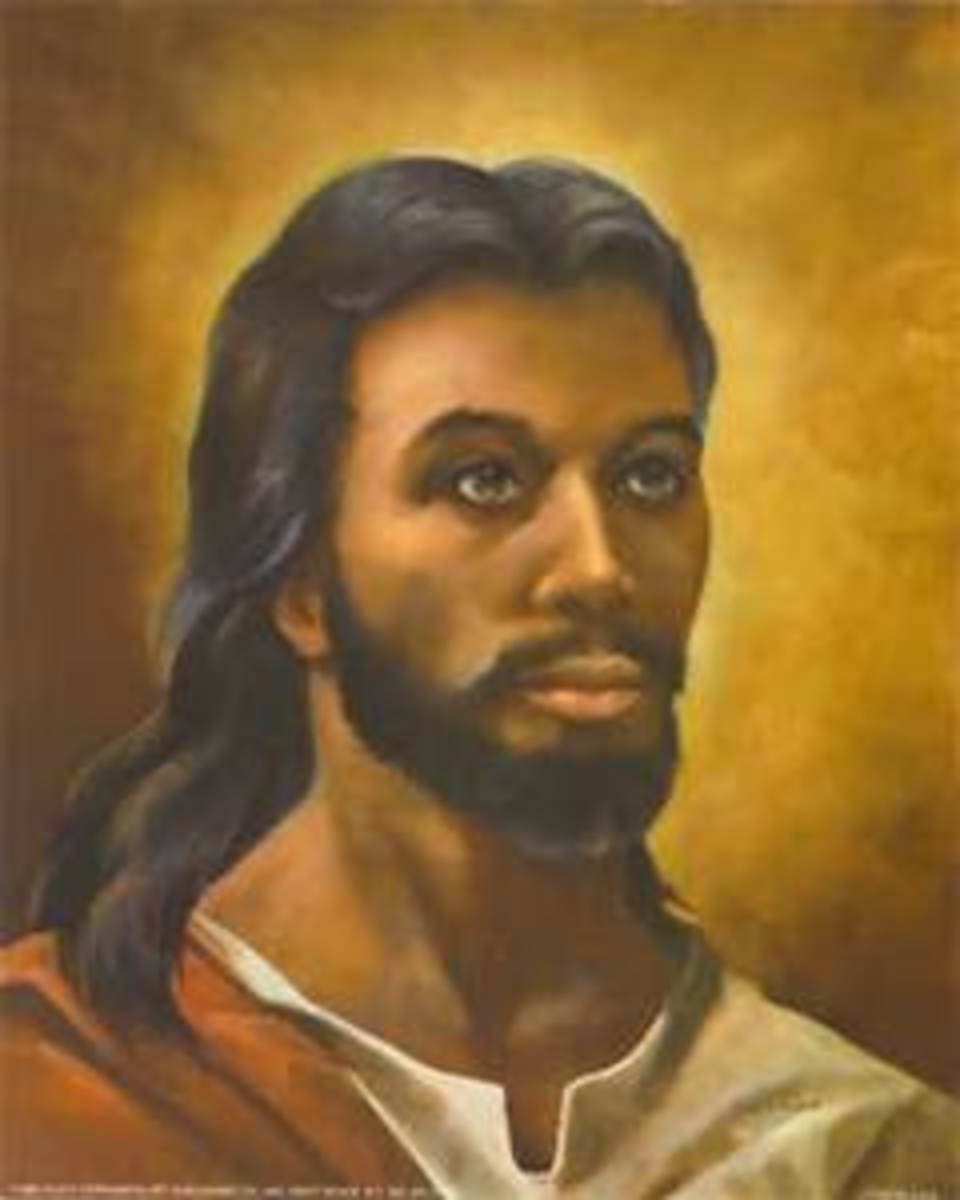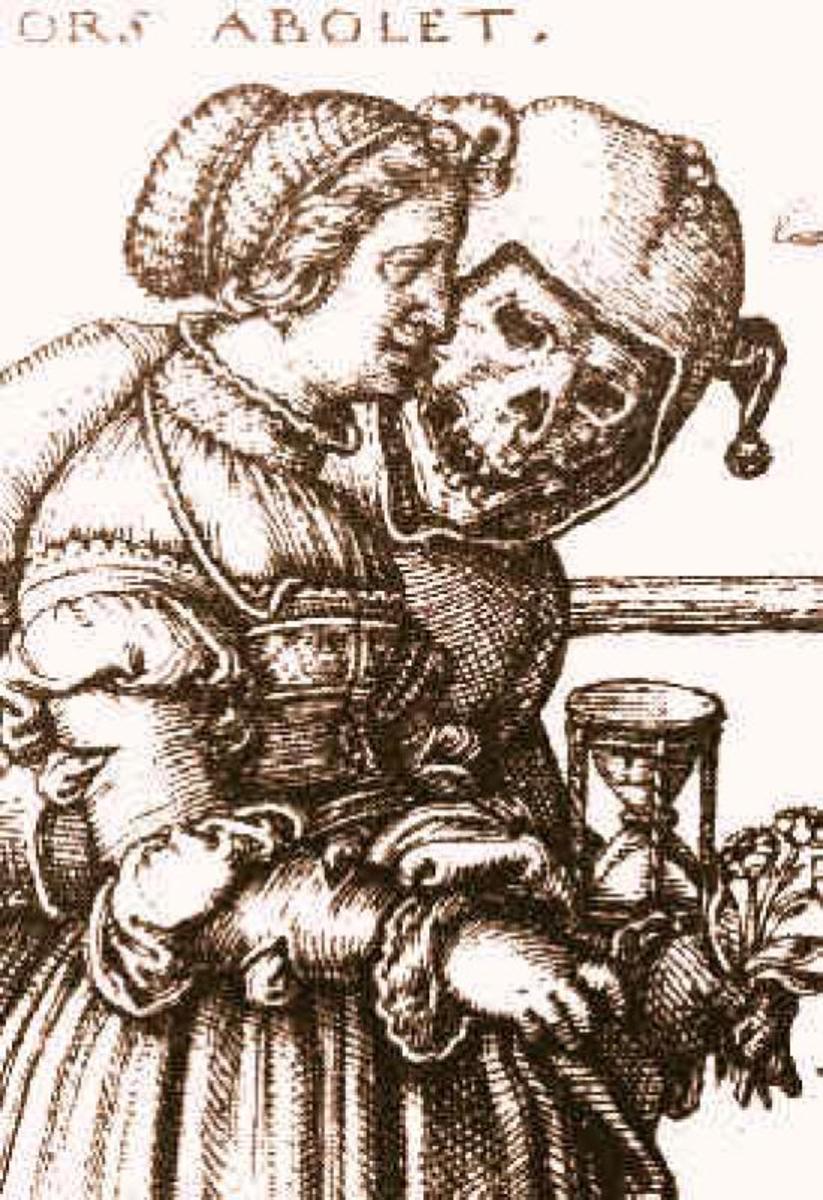Bible: What Does John 10 Teach Us About Jesus Christ, The Good Shepherd?
The Good Shepherd

"Thieves and Robbers"
view quiz statisticsThe Apostle John

John 10
In a lengthy discourse, Christ employs another set of self-descriptive metaphors.
Earlier He called Himself “the light of the world” (cf. 9:5); now, using pastoral imagery, He refers to Himself as “the door of the sheep” (v. 7) and “the good shepherd” (vv. 9, 14).
In verses one through five, Jesus provides an illustration of true and false “shepherding” of the flock.
On the one hand, the true “shepherd of the sheep” (pastor) enters the sheepfold (the community of believers) by the door (Jesus) [v. 2]; the one who “climbs up some other way” to be among the sheep, on the other hand, is a thief, representative of other “thieves and robbers” (“all who ever came before Me”) [v. 1; cf. v. 8].
[Ryrie believes that Jesus refers to false Messiahs and teachers here.]
The doorkeeper (the Father?) allows the true shepherd into the fold to tend to the sheep; the sheep hear and respond to this man’s voice, and follow him out into the field.
By calling them all by name, He shows that He cares about the welfare of individuals (v. 3).
He provides them a leadership model, and they trust his word (v. 4).
On the other hand, sheep flee from the false leader (“a stranger”) because they do not accept his voice (that is, the message he brings) [v. 5].
The Apostle John records that Jesus’ audience did not understand this illustration (v. 6), and thus needed Him to interpret it further (vv. 7-18).
True shepherds (and sheep) enter the fold through the door (Jesus); they are thereby saved (spiritually) and can minister effectively (v. 9).
On the contrary, the thief (false teacher) “climbs up some other way” into the sheepfold, and has a three-fold purpose: to steal, kill, and destroy sheep (v. 10a).
As the good shepherd, Christ functions as the door of the sheep; He provides them with abundant life by giving His life for them (vv. 10b-11).
In contrast, the hireling
(1) is not the shepherd,
(2) does not own the sheep, and
(3) does not care about the sheep; accordingly, he abandons them to the ravages of the wolf in order to “save” himself (vv. 12-13).
[Who may represent the hireling?
He does not appear to be the same individual as the thief.]
Jesus now returns to complete His teaching on the good shepherd’s relationship to the sheep by using an analogous relationship: that between the Father and Himself (vv. 14-18).
Both the shepherd and His sheep know each other intimately (v. 14), as do the Father and the Son (v. 15a).
The Father also loves the Son.
As the good shepherd, the Son loves his sheep so much that He is willing to sacrifice Himself in order to unite the sheep of His present fold with those of a future one [the Gentiles] (vv. 15b-17).
According to God’s command, Jesus asserts that He has sovereign authority over the disposition of His own life; human authorities have no power over Him (v. 18).
[What does Jesus mean by this “command” that He has received from the Father?]
These claims cause division and dissension about Him to erupt again (v. 19).
His opponents argue that Jesus is a demon-possessed madman (v. 20); His supporters, however, offer Christ’s healing miracles as proof that He is not in league with Satan (v. 21).
The Feast of the Dedication

Jesus: "I and the Father are one."
view quiz statisticsThe Scripture Cannot Be Broken
view quiz statisticsAs is his wont, the Apostle John delineates an episode in Jesus’ life that occurred around or on a Jewish feast day.
[Elsewhere, Passover or Tabernacles; here, a less ancient one: the Feast of the Dedication (Hanukkah) (v. 22)].
[Ryrie includes a helpful historical note (New Testament Study Bible, 183).
The episode continues the subject of the previous context.]
The Jewish leaders immediately confront Jesus as He walked in Solomon’s portico, demanding that He tell them plainly (and not in figurative language) if He is the Christ (vv. 23-24).
[What significance does His being in this location have?]
Since the Jews do not accept His words, the Lord lets “the works” that He does “in My [His] Father’s name” speak for Him.
The Jewish leaders still do not believe because they do not belong to His fold.
If they were His sheep, then they would “hear My [His] voice,” recognize Him as Messiah, and follow Him (vv. 25-26, 27a, c).
[Note the order: the cause of their unbelief is the condition of being non-elect, not vice versa.]
Jesus knows His sheep, gives them eternal life that they can never lose, and protects them from “wolves” (vv. 27b, 28).
Not only does Christ hold them in His hand, but the Father also guards them from destruction (v. 29).
[The sheep belonged to the Father before He gave them to the Son, and they became His possession].
Christ then utters a profound assertion—“I and My Father are one”—a declaration that the Jews immediately recognize as blasphemy if it were not true (v. 30).
[The Father and Christ’s being one does not mean that they are one person—the neuter pronoun rules out that interpretation—but that They share the same divine essence and operate together as a unit in Their activity.]
Both the Jews’ intention to stone Him again and their actual words in response to Jesus’ inquiry as to why they want to kill Him (v. 32) indicate that they understood His claim to deity (vv. 31, 33).
To show them that they err in their purposes, Jesus refers to a verse in their “law”—actually, the verse He quotes is not in torah, but in Psalm 82; sometimes this Hebrew word does pertain to the entire OT, however—which designates corrupt Israelite judges as “gods” (’elohim) [vv. 34-35].
[Jesus regarded the entire OT text, even down to a single word, as having unimpeachable authority.
However, why does He insert this important statement about verbal inerrancy here?]
His argument is, “Why do you say that I, the One set apart and sent by the Father, am blaspheming if I am doing the works of the Father?
In addition, I am not calling Myself ’elohim, but bar ’elohim? (vv. 36-37).
[Is Jesus saying that the title “Son of God” is an inferior one to “gods”?]
Even though He acknowledges that they are not willing to believe in Him, Christ desires that the Jewish leaders understand that He and the Father work in unity to perform miracles (v. 38).
[How could they accept the latter but not the former?]
Once more, the Jews try to arrest Him, but Jesus eludes them again (v. 39).
Now He returns to John the Baptizer’s old haunts and abides there, gathering yet more disciples to Himself (vv. 40-42).
© 2014 glynch1







